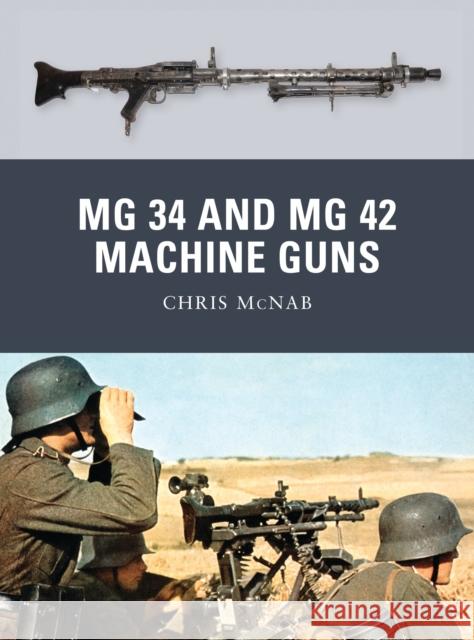MG 34 and MG 42 Machine Guns » książka
MG 34 and MG 42 Machine Guns
ISBN-13: 9781780960081 / Angielski / Miękka / 2012 / 80 str.
With the MG 34, the German Wehrmacht introduced an entirely new concept in automatic firepower - the general-purpose machine gun (GPMG). In itself the MG 34 was an excellent weapon: an air-cooled, recoil-operated machine gun that could run through belts of 7.92mm ammunition at a rate of 850rpm, delivering killing firepower at ranges of more than 1,000m. Yet simply by changing its mount and feed mechanism, the operator could radically transform its function. On its standard bipod it was a light machine gun, ideal for infantry assaults; on a tripod it could serve as a sustained-fire medium machine gun; aircraft or vehicular mounts turned it into an air defence weapon; and it also served as the coaxial machine gun on numerous tanks.During World War II, the MG 34 was superseded (although it remained in combat use) by a new GPMG - the MG 42. The MG 42 was more efficient to manufacture and more robust, and had a blistering 1,200rpm rate of fire. Nicknamed 'Hitler's buzzsaw' by Allied troops, it was arguably the finest all-round GPMG ever produced, and alongside the MG 34 it inflicted heavy casualties on Allied soldiers on all European and North African fronts. Such were its qualities of firepower and usability that it became the foundation of an entire series of postwar machine guns, including the MG 1 and MG 3 - the latter is still in production and service to this day.Featuring specially commissioned full-colour artwork and drawing upon numerous technical manuals and first-hand accounts, this study explores the technological development, varied roles and lasting influence of the revolutionary MG 34 and MG 42 machine guns and their postwar successors.











